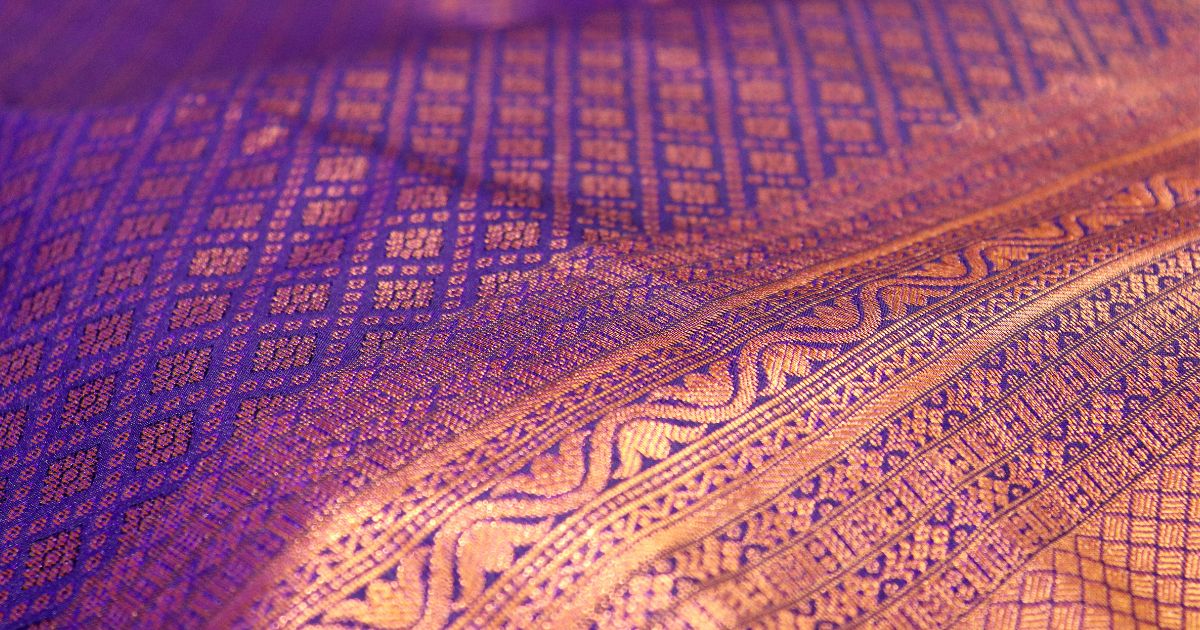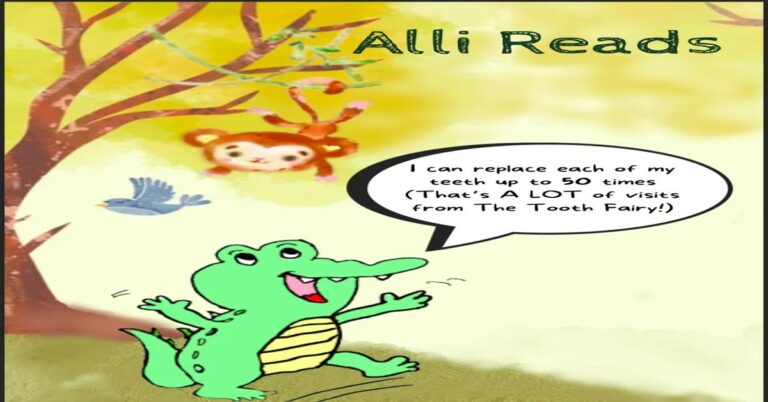Textile Designing for Graphic Innovators: Patterns & Prints
Textile designing is an ever-evolving discipline, blending art, technology, and fashion to craft stunning fabrics and materials. For graphic designers looking to venture into the world of textiles, the course “Textile design for Graphic Innovators: Patterns & Prints,” taught by the Echelon Design Master Institute, offers an exciting opportunity to merge their digital design skills with a more tactile, material-focused approach.
Understanding Textile Design
Textile design involves creating designs, patterns, and prints that can be applied to various types of fabric. Traditionally, this field was dominated by hand-drawn motifs and screen-printing techniques. Today, it has evolved to embrace digital technologies, making it an excellent fit for graphic innovators. By transferring the principles of graphic design—such as color theory, composition, and visual rhythm—onto textiles, designers can create dynamic, market-ready fabrics that can be used in fashion, home decor, and more.
Course Highlights: Merging Graphics with Textiles
At the Echelon Design Master Institute, students will explore the art and science of textile design from a graphic innovator’s perspective. The course is specifically tailored to individuals who already have a background in graphic design but are looking to expand their skill set into the world of textiles. Here’s what students can expect:
1. Introduction to Textile Design & History
The course begins with a historical overview of textile design, tracing its evolution from ancient weaving techniques to modern-day digital textile printing. Understanding the rich history of textiles helps students appreciate how innovation has shaped the industry and how their work can contribute to its future.
2. Principles of Pattern Design
Patterns are the building blocks of textile design. In this module, students will explore different types of patterns—geometric, floral, abstract, and more—and learn how to create seamless repeating patterns. Techniques such as tiling, mirroring, and motif arrangement are introduced, allowing students to produce cohesive designs that are both visually striking and functional.
3. Exploring Color and Texture
Textiles are not just about visuals but also the feel of the fabric. The course dives deep into how different textures can be represented through design, exploring methods for mimicking fabric textures like wool, silk, or denim through digital means. Color plays a crucial role in textile design, and students learn how to create harmonious color palettes that enhance the final product.
4. Digital Tools and Techniques
One of the major focuses of the course is on digital design tools like Adobe Illustrator and Photoshop, which are essential for creating high-quality textile designs. Students will learn techniques such as creating vector-based patterns, digital printing methods, and optimizing designs for production. The course also introduces CAD software specifically designed for textile creation.
5. Print Technologies & Fabric Selection
Different fabrics react to prints in varied ways, making fabric selection an integral part of the design process. Students will study how print technologies—such as screen printing, digital printing, and sublimation—affect design outcomes. Learning to choose the right fabric for the intended use ensures that designs maintain their integrity when applied to products like garments, upholstery, or accessories.
6. Designing for Commercial Markets
This module is designed to prepare students for the real-world application of their skills. The course covers the current trends in textile design, understanding consumer preferences, and how to create collections for specific markets, including fashion, interior design, and product packaging. Students will also learn about branding and how to present their textile designs to potential clients or manufacturers.
Why Graphic Innovators Are Perfect for Textile Design
Graphic innovators possess the foundational skills needed for textile design—creativity, a keen eye for detail, and proficiency in digital tools. By learning how to apply these skills to textiles, they can tap into new markets and opportunities. Textile design is not just about creating patterns; it’s about storytelling, trendsetting, and pushing the boundaries of what’s possible in design.
For designers who thrive in the digital space, textile design offers a new, tangible way to express creativity. Whether designing for haute couture or everyday home goods, graphic designers can bring their digital expertise to fabrics, opening up fresh, exciting avenues for their careers.
The Future of Textile Design
The field of textile design is advancing rapidly, with sustainability and innovation at its core. With eco-friendly fabrics, recycled materials, and digital printing technologies minimizing waste, the future of textile design is ripe for forward-thinking creators who value both style and substance. Graphic innovators, with their problem-solving mindset and tech-savvy background, are in an ideal position to lead the charge in this new wave of design.
Conclusion
Echelon Design Master Institute’s “Textile Designing for Graphic Innovators: Patterns & Prints” equips students with the tools and knowledge needed to successfully transition into the textile design industry. By merging graphic design skills with textile techniques, students can create work that not only looks good but also performs well in the modern market. For any graphic designer seeking to expand their portfolio and enter a vibrant, fast-paced industry, this course is the perfect gateway.







